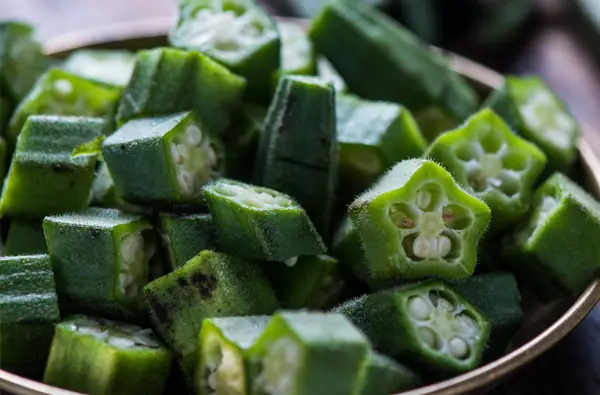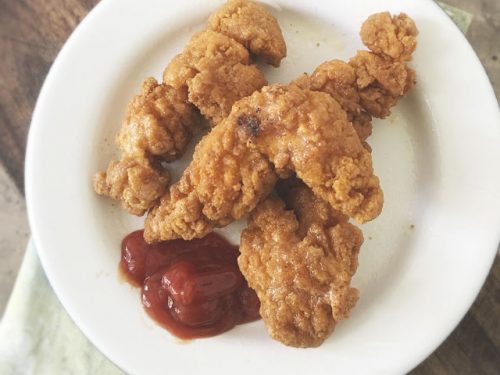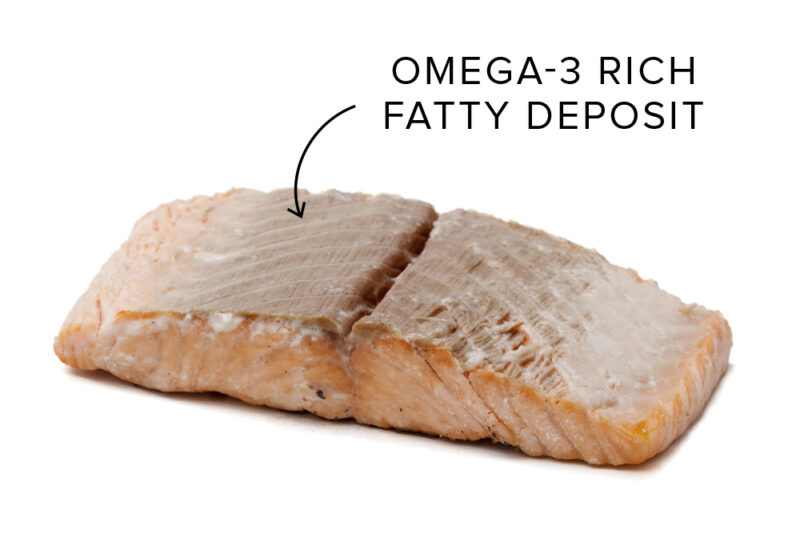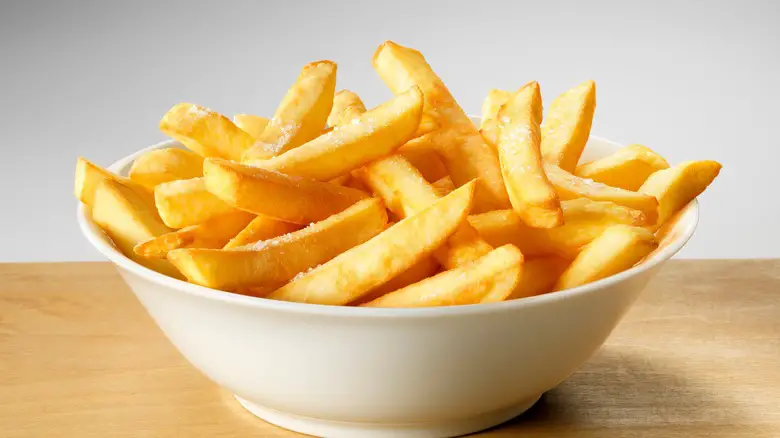How Long Do Cooked Fish Cakes Keep in the Fridge?
One of the best things about fish cakes is that they are incredibly versatile. They can be a quick and healthy snack, an appetizer at a dinner party, or even a full meal. While many people love them fresh off the stove, others prefer to make larger batches of fish cakes to store in the fridge or freezer for later use. However, it’s important to know how long cooked fish cakes keep in the fridge to prevent food waste and ensure that you’re not consuming spoiled food.
What are Fish Cakes?
Fish cakes have become increasingly popular in recent years as more individuals seek out lean protein options. These small patties are typically made from a mixture of fish, potatoes, and various seasonings like herbs or spices. The ingredients are blended together until they form a smooth texture that can be molded into any shape desired, such as round balls or flat cakes.
Quick Overview of How to Make Fish Cakes
- Choose your preferred type of fish (salmon, tuna, cod).
- Flake fish with a fork and combine with mashed potatoes, bread crumbs and seasoning mix.
- Create small patties by using a cookie cutter or your hands and fry in oil until golden brown on each side.
- Serve hot with dipping sauce or toppings if desired.
Shelf Life of Cooked Fish Cakes
Factors That May Affect Shelf Life
The shelf life of cooked fish cakes can vary depending on several factors including:
Storage Temperature
The temperature at which you store your cooked fish cakes can significantly impact their shelf life. If you store your fish cakes at a temperature above 40°F, harmful bacteria can grow and spoil your food quickly. In contrast, if you keep them at a temperature of 32°F or below, the shelf life of your fish cakes can be prolonged by several days.
Storage Method
The storage method you use can also have an effect on how long cooked fish cakes will last. Fish cakes stored in an airtight container will likely last longer than those that are not. However, wrapping your fish cakes tightly with plastic wrap or aluminum foil before storing them in an airtight container will ensure that they stay fresh for even longer.
Type of Fish Used
The type of fish used to make the fish cakes can also affect their shelf life—some types of fish spoil faster than others. Salmon and tuna generally have a shorter shelf life because they contain oils that can turn rancid more quickly. Cod and haddock, on the other hand, tend to have a longer shelf life than other types of fish.
Typical Shelf Life of Cooked Fish Cakes
In general, cooked fish cakes should be consumed within three to five days when stored correctly in the fridge. However, this time frame may vary depending on the factors listed above and how well the fish cakes were preserved.
Safe Storage Methods for Cooked Fish Cakes
Storing Cooked Fish Cakes in the Fridge
If you are going to store your cooked fish cakes in the fridge, make sure they are placed in an airtight container or wrapped tightly with plastic wrap or aluminum foil before storing them away. This will help keep them fresh for up to five days.
Storing Cooked Fish Cakes in the Freezer
If you need to store your cooked fish cakes for a longer period, the freezer is a great option. To store your fish cakes in the freezer, wrap them tightly with plastic wrap or aluminum foil and place them in an airtight container. Cooked fish cakes can last up to three months in the freezer.
Signs That Fish Cakes Have Gone Bad
Appearance
One of the easiest ways to tell if your cooked fish cakes are no longer good to eat is by taking a close look at their appearance. If you notice discoloration on the surface or any mold growing on the fish cakes, it’s best to throw them away.
Unpleasant Odor
If cooked fish cakes have spoiled, they may emit an off smell that is unpleasant and strong. Trust your sense of smell—if something seems off, it’s not worth taking any risks and eating it anyway.
Texture
The texture of cooked fish cakes can also indicate whether or not they have gone bad. If they feel slimy or sticky to the touch, this suggests that bacteria has grown on them and they should not be eaten. In contrast, if they undergo an excessive level of dryness and become very hard, this could indicate that they have dried out and are no longer good.
Proper Storage Techniques for Cooked Fish Cakes
Tips for Storing and Preparing Cooked Fish Cakes in The Fridge
- Create smaller portions for maximum freshness.
- Show storing date clearly on top of lid.
- Tightly cover air container using a sealable bag.
- Preheat empty oven for ten minutes before reheating fish cake to ensure crispiness.
Reheating Cooked Fish Cakes
Different Methods For Reheating Cooked Fish Cakes
There are several different methods available for reheating cooked fish cakes, including:
Microwave
If you need to reheat your fish cakes quickly, the microwave is a convenient option to reheat already cooked fish cakes. Place the fish cakes on a microwave-safe plate and then reheat them on high for one minute.
Oven
If you prefer your fish cakes crispy on the outside and moist on the inside, you should consider reheating them in an oven. Preheat your oven to 350 degrees Fahrenheit, and then place the fish cakes in the oven until they are heated through.
Stove
The stove can be another great option to reheat your fish cakes. To start, coat a skillet with oil or cooking spray over low heat. Then, add the fish cakes and heat it up slowly while flipping occasionally to avoid any burning.
Precautions to Take When Reheating Leftovers
- Avoid overcooking your food- this affects the taste and texture quality of your food balance.
- Do not leave cooked food sitting out regularly over 3 hours without any refrigeration.
- Maintain safety measures: Wash hands thoroughly and cook all proteins at their recommended temperature before serving.
Creative Ways to Use Leftover Fish Cakes
If you have leftover fish cakes that have been properly stored, you can use them to create other delicious meals. Some creative ways to use leftover fish cakes include:
Using Them as a Topping For Salads or Soups
Break the fish cakes into small pieces and use them to garnish your salads or soups. This will add protein and extra flavor to your dish.
Making Sandwiches Or Burgers with Leftover Fish Cakes
Another great way to use leftover fish cakes is to make sandwiches or burgers with them. Simply place the fish cakes between two slices of bread, add some lettuce, tomato, and favorite sauce for a delicious lunch or dinner.
Creating Breakfast Dishes with Leftover Fish Cakes
Reuse your leftover fish cakes for breakfast too! Create egg and fish cake sandwiches made of fluffy scrambled eggs, melted cheese, and a slice of avocado.
Nutritional Facts About Fish Cakes
Overview of Nutritional Benefits of Consuming Fish Cakes
Fish cakes contain high amounts of protein, vitamin B12, omega-3 fatty acids and minerals such as iron which are beneficial for overall health. Omega-3s can benefit us as it helps maintain healthy brain function as well as promoting healthy heart function.
Comparison Between Homemade And Store-Bought Alternatives
Homemade fish cakes tend to be healthier since they can control the ingredients that get into the mixture — e.g., a lower salt or fat content. Whereas store-bought versions might have preservatives that don’t make it an entirely healthy meal option.
Popular Variations of Fish Cakes Around the World
Different countries have incorporated their own unique style into the preparation and ingredients used when making fish cakes. Below are some popular types of fish cakes around the world:
Thailand – Tod Man Pla
Made with premium pieces of Thai fish, red curry, kaffir lime leaves and fish sauce, these slightly sweet and tangy fish cakes will leave you wanting more with every bite.
Japan – Kamaboko
Kamaboko is a Japanese-style fish cake made with pureed whitefish and steamed to produce a soft and fluffy texture. This food is often served in soups or as a component within sushi rolls.
Nigeria – Fish cakes/ Kpekere
A deep-fried doughnut type snack made from mashed plantains coated in flour and fried together with cooked mackerel. It is mostly served as breakfast or mid-day snack in African households.
Conclusion
Cooked fish cakes can last for approximately three to five days when stored properly in the fridge. It’s important to consider factors like storage temperature, storage method, and the type of fish used to determine how long cooked fish cakes will last before going bad. Wrapping them correctly using plastic wrap or aluminum foil before storing them in an airtight container can prolong their shelf life. Additionally, reheating leftovers require care so they are not overcooked but are still safe to eat.
If you have leftover cooked fish cakes that you want to reuse, then there are many different ways that you can get creative in modifying and recycling them into other dishes instead of throwing them away.
Overall, understanding how to store cooked fish cakes safely will prevent wastage whilst maintaining optimal health benefits that come from consuming proteins like salmon, cod and tuna.
Frequently Asked Questions
#### How long can I keep cooked fish cakes in the fridge?
Once cooked, it is recommended to consume fish cakes within 3-4 days. This time frame may vary depending on the individual recipe and storage conditions.
#### Can I freeze cooked fish cakes?
Yes, you can freeze cooked fish cakes for up to 2-3 months. Make sure to wrap them well in plastic wrap or an airtight container before freezing. When reheating, allow the fish cakes to thaw in the fridge overnight before heating through.
#### How do I know if my cooked fish cakes have gone bad?
Signs of spoilage include a sour or unpleasant odor, slimy texture, or noticeably different appearance. If in doubt, it’s best to err on the side of caution and discard any questionable fish cakes.
#### How should I store cooked fish cakes in the fridge?
Store your cooked fish cakes in an airtight container or wrapped well with plastic wrap. Make sure they are fully cooled before storing to prevent moisture buildup and the growth of bacteria.







